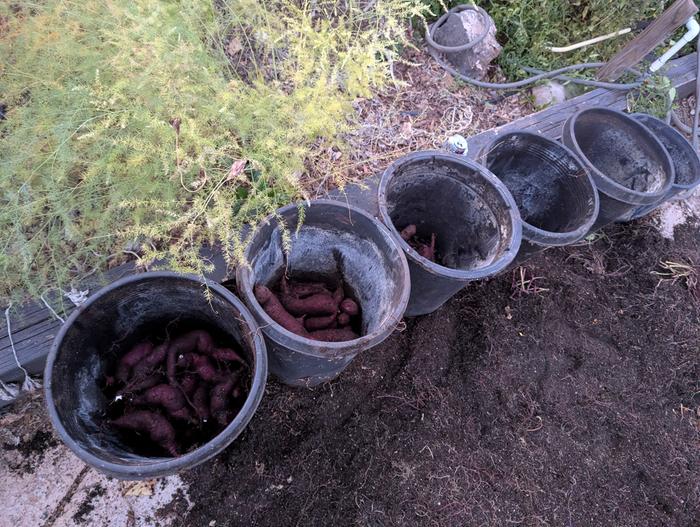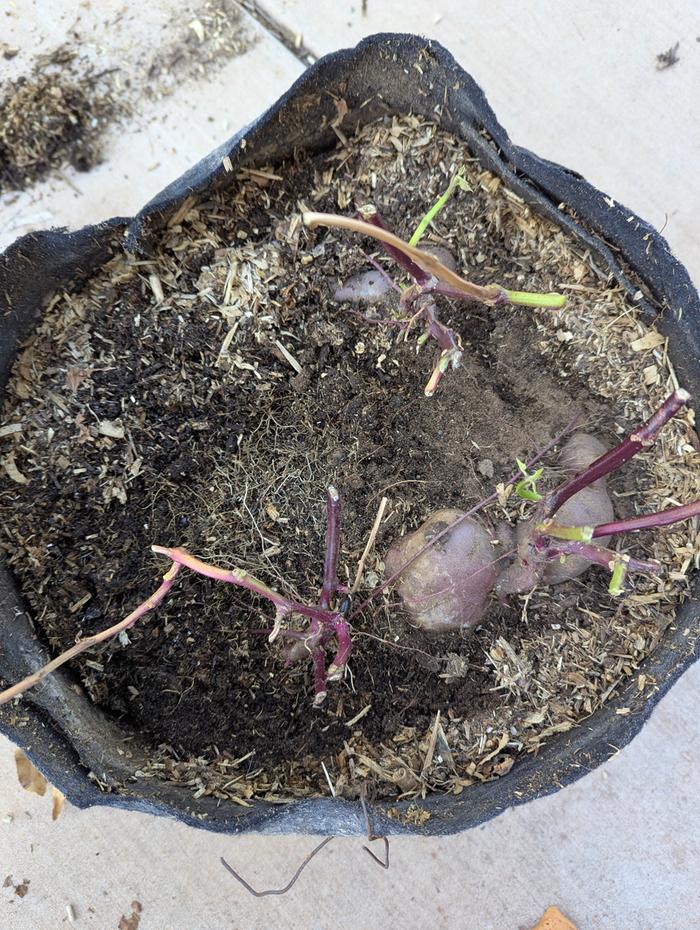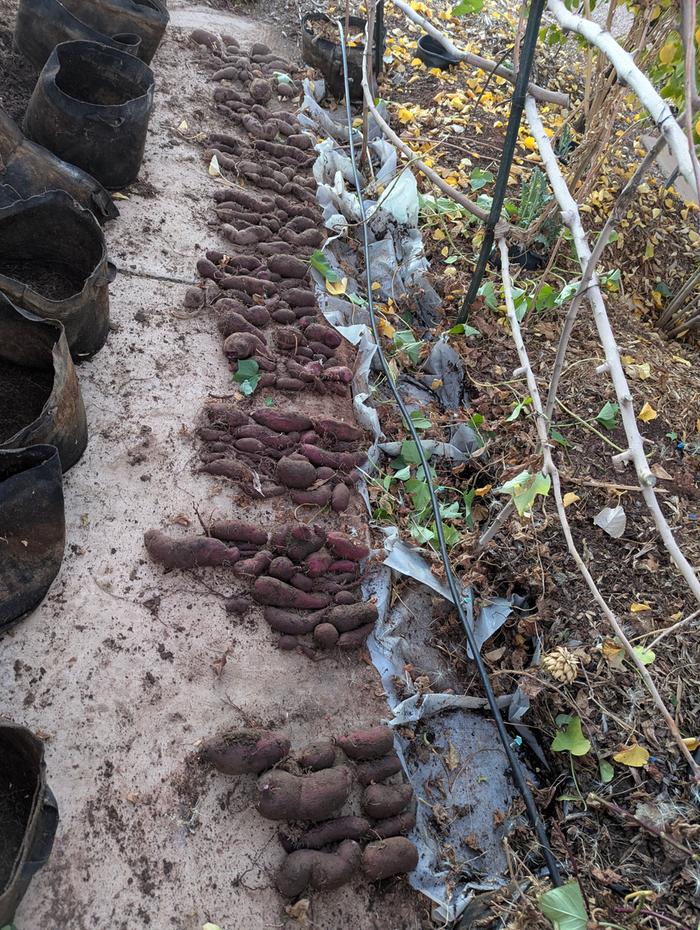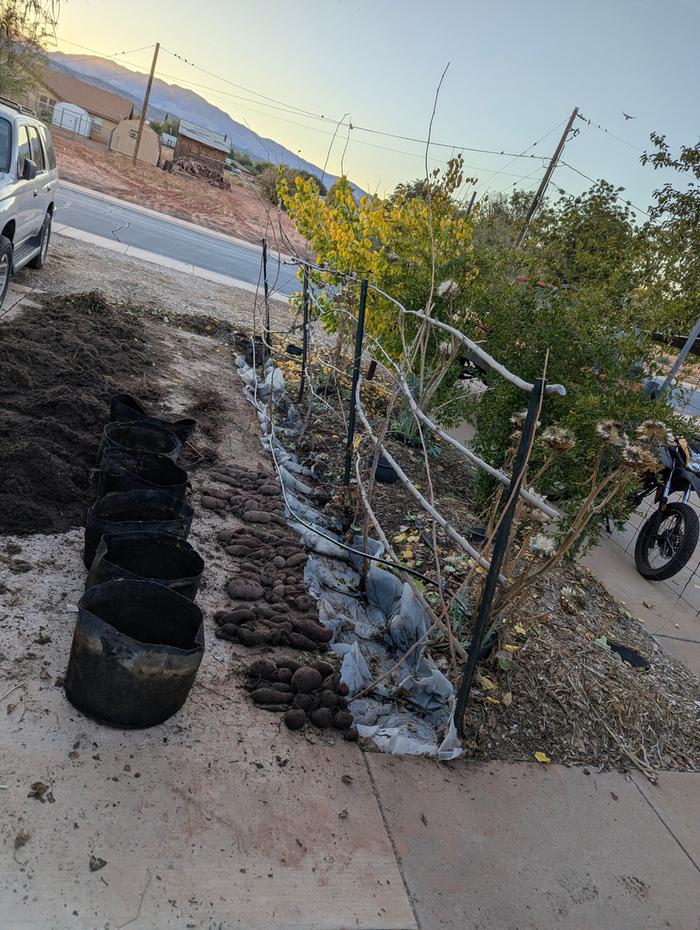
 14
14




"We're all just walking each other home." -Ram Dass
"Be a lamp, or a lifeboat, or a ladder."-Rumi
"It's all one song!" -Neil Young
 11
11




"We're all just walking each other home." -Ram Dass
"Be a lamp, or a lifeboat, or a ladder."-Rumi
"It's all one song!" -Neil Young
 14
14




 7
7




"We're all just walking each other home." -Ram Dass
"Be a lamp, or a lifeboat, or a ladder."-Rumi
"It's all one song!" -Neil Young
 10
10




 10
10




Nothing ruins a neighborhood like paved roads and water lines.
 10
10




The original Silicon Valley hillbilly.

 11
11




Perfect The Dwelling Land and support the kickstarter! https://www.kickstarter.com/projects/paulwheaton/garden-cards?ref=90v0pa



 9
9




The original Silicon Valley hillbilly.

 9
9




Joshua Bertram wrote:Hi Samantha,
I don't cure mine, I tried it once and they started to mold. I just throw them in my room temperature pantry (well I try not to use a heater, so it's probably 60f-70f most of the time during the winter) and they last until spring. I ate all of last year's so I had to buy new ones this season. I can start so early (Feb-Mar), and harvest so late (Nov-Dec) mine don't need to stay in storage but a few months or so. Rarely do they rot, but some will every year. I just toss them out to the chickens/compost.
Ten pounds per plant is awesome! If I can get half of that per plant I'll be one happy guy!
Good luck!
Perfect The Dwelling Land and support the kickstarter! https://www.kickstarter.com/projects/paulwheaton/garden-cards?ref=90v0pa
 8
8




"We're all just walking each other home." -Ram Dass
"Be a lamp, or a lifeboat, or a ladder."-Rumi
"It's all one song!" -Neil Young
 11
11







 12
12








The original Silicon Valley hillbilly.

 7
7




"We're all just walking each other home." -Ram Dass
"Be a lamp, or a lifeboat, or a ladder."-Rumi
"It's all one song!" -Neil Young



 8
8





The original Silicon Valley hillbilly.




 10
10




The original Silicon Valley hillbilly.


 16
16




Live, love life holistically
 9
9




 4
4




Dave Bross wrote:An idea from our very own Redhawk - " We trellis one sweet potato vine every year
JayGee
 5
5




 6
6




 1
1




Blazing trails in disabled homesteading

|
Life just hasn't been the same since the volcano erupted and now the air is full of tiny ads.
The new purple deck of permaculture playing cards
https://www.kickstarter.com/projects/paulwheaton/garden-cards
|







